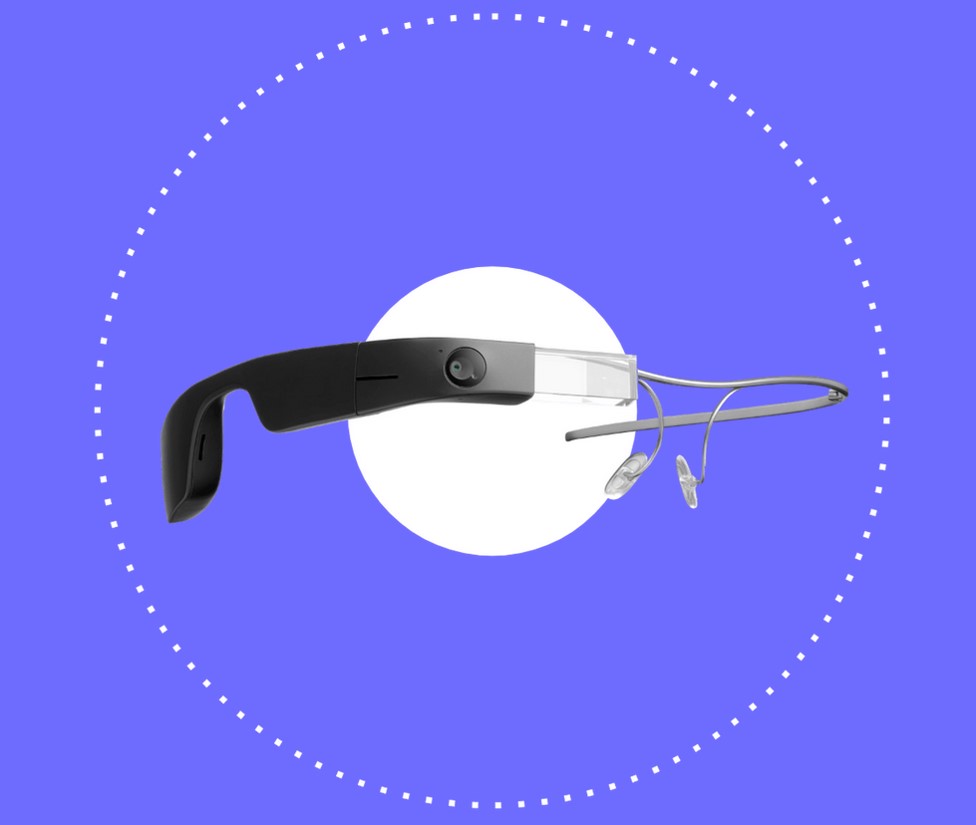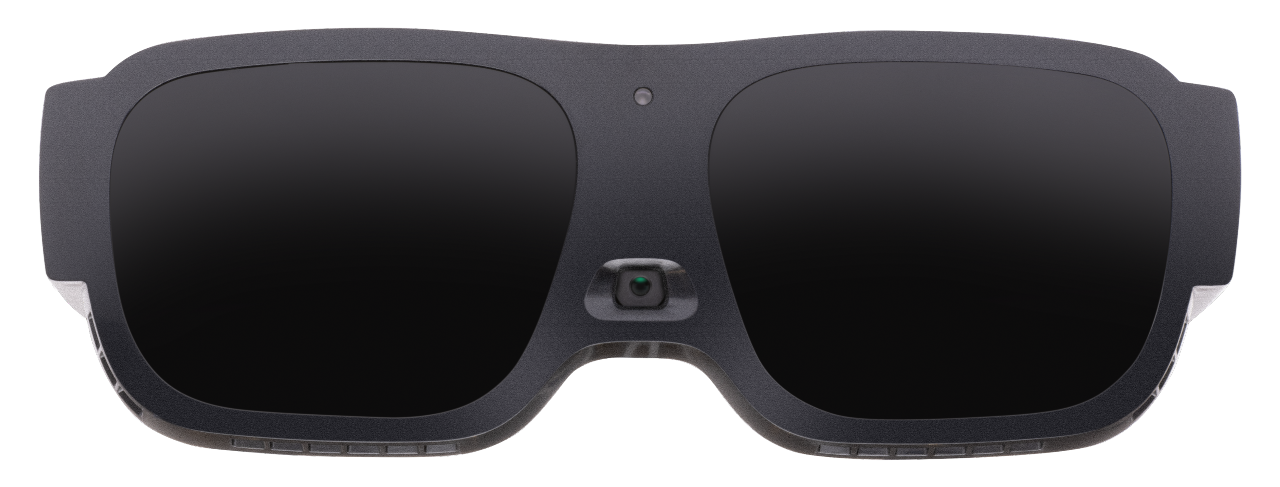Empowering Self-reliance With Assistive Innovation for the Blind
The combination of assistive modern technology for individuals that are visually damaged or blind represents a substantial improvement in cultivating self-reliance and boosting lifestyle. With a variety of tools-- from screen readers to ingenious responsive tools-- these innovations not just assist in navigation and interaction however additionally promote social addition and participation in different aspects of life. As we explore the diverse kinds of assistive devices and their real-world applications, it ends up being clear that the effect is profound. The advancement of this innovation elevates important inquiries about access and future advancements that warrant further assessment.
Understanding Assistive Innovation
Although assistive technology has developed substantially for many years, its essential objective remains the exact same: to boost the lifestyle for people with handicaps, especially those that are blind or aesthetically damaged. This technology encompasses a broad variety of devices and devices that facilitate self-reliance and functionality in day-to-day tasks.
Assistive technology can be classified right into low-tech and sophisticated remedies, each designed to meet certain needs. Sophisticated devices typically include software applications, specialized equipment, and adaptive devices that utilize advanced technology to supply support in various contexts. Conversely, low-tech services might entail everyday things that are changed to improve access, such as magnifiers or responsive markers.
The integration of assistive technology into the lives of people that are blind or aesthetically hindered not just promotes freedom however additionally cultivates social incorporation and participation in educational and expert settings. By leveraging these modern technologies, users can navigate their environments, access details, and interact properly, thereby improving their general lifestyle. Understanding assistive technology is important for advocates, caretakers, and specialists who aim to support individuals in maximizing their prospective and achieving higher self-reliance.
Kinds Of Assistive Tools
Assistive tools for the visually damaged and blind are important tools that boost daily living by resolving details obstacles run into by individuals. These tools can be extensively classified right into 3 major types: optical tools, digital devices, and sensory gadgets.

Sensory tools, such as Braille displays and tactile maps, provide alternative ways to receive information. Braille shows convert digital text into Braille, enabling customers to review touch. Responsive maps offer spatial understanding via increased structures and lines, allowing for much better environmental awareness.
Together, these assistive tools encourage people with visual problems to involve more completely with their surroundings, advertising better independence and confidence in day-to-day activities.

Effect On Daily Life
The combination of assistive innovation into the day-to-days live of people who are aesthetically damaged or blind substantially improves their capacity to browse and communicate with the world around them. Devices such as display readers, Braille displays, and mobile applications help with accessibility to details, allowing customers to involve with digital material, connect efficiently, and handle daily jobs independently.
Furthermore, modern technologies like smart glasses and navigation apps provide real-time help in strange environments, boosting mobility and self-confidence. These devices make it possible for users to identify obstacles, checked out signs, and also recognize faces, therefore promoting a feeling of autonomy in public rooms. Furthermore, home automation systems, which can be regulated through voice commands, enable individuals to manage their living environments more successfully, improving convenience and safety.
The effect of assistive modern technology expands past functional jobs; it promotes social incorporation and emotional well-being. By bridging the space between people and their surroundings, these technologies equip customers to take part fully in community activities, go after academic possibilities, and participate in purposeful connections. Ultimately, the innovation of assistive technology is critical in redefining the opportunities for people who are blind or aesthetically impaired, leading to a much more inclusive and obtainable culture.
Success Stories and Reviews
Another powerful testimonial originates from Mark, a recent college grad who made use of screen reading software program throughout his scholastic trip. This modern technology allowed him to accessibility program materials and join conversations, eventually bring about his successful shift into the labor force. Mark credit scores assistive innovation for empowering him to achieve his job goals, emphasizing its duty in leveling the playing field for people with aesthetic problems.
Furthermore, recreation center have reported enhanced participation in their programs many thanks to the intro of accessible electronic systems. These systems have actually made it easier for people to attach, share sources, and support each other. These success tales jointly highlight the profound impact of assistive innovation in fostering freedom, boosting lifestyle, and breaking down obstacles for the blind and aesthetically impaired neighborhood.
Future Patterns in Assistive Technology
Arising technologies are positioned to revolutionize the landscape of assistive technology for individuals who are blind or visually impaired. Advancements in expert system (AI) and artificial intelligence are boosting the abilities of gadgets, making it possible for even more instinctive customer experiences. AI-driven applications are significantly able to acknowledge things and check out message aloud in real-time, providing individuals with valuable information about their environments.
In addition, improvements in wearable technology are creating new possibilities for independence. Smart glasses geared up with enhanced fact features can overlay important info onto the user's visual field, assisting in navigating and interaction with the setting. In addition, the integration of Net of Points (IoT) tools is simplifying availability in wise homes, enabling customers to control appliances and receive notices with voice commands or tactile interfaces.
The growth of braille displays and tactile feedback systems is likewise on the increase, promoting access to digital web content and enhancing communication. As these innovations remain to advance, they promise to improve everyday living, educational opportunities, and work prospects for individuals with visual problems. Continuous cooperation between engineers, customers, and campaigning for groups will certainly be necessary in making certain optometrist college years these developments satisfy the requirements of the area effectively.
Conclusion
To conclude, assistive innovation plays a crucial function in enhancing the self-reliance of people who are blind or aesthetically damaged. By supplying important devices and resources, these modern technologies assist in improved interaction, accessibility, and navigating to information, thus fostering freedom and self-esteem. The transformative effect of assistive devices not only promotes reliable interaction with the atmosphere however likewise motivates social inclusion and engagement in numerous elements of life, ultimately encouraging customers to thrive within their areas.
The assimilation of assistive modern technology for people that are blind or visually impaired represents a substantial improvement in promoting freedom and enhancing quality of life.The combination of assistive innovation into the lives of people who are blind or visually hindered not only promotes autonomy however additionally cultivates social addition and engagement in educational and specialist environments. Eventually, the improvement of assistive innovation is important in redefining the opportunities for individuals who are blind or aesthetically impaired, read the full info here leading to an extra inclusive and available culture.
Many people who are visually damaged or blind have actually shared inspiring success stories that highlight the transformative impact of assistive innovation on their lives.In final thought, assistive modern technology plays a crucial duty in improving the self-reliance of people who are blind or aesthetically damaged.